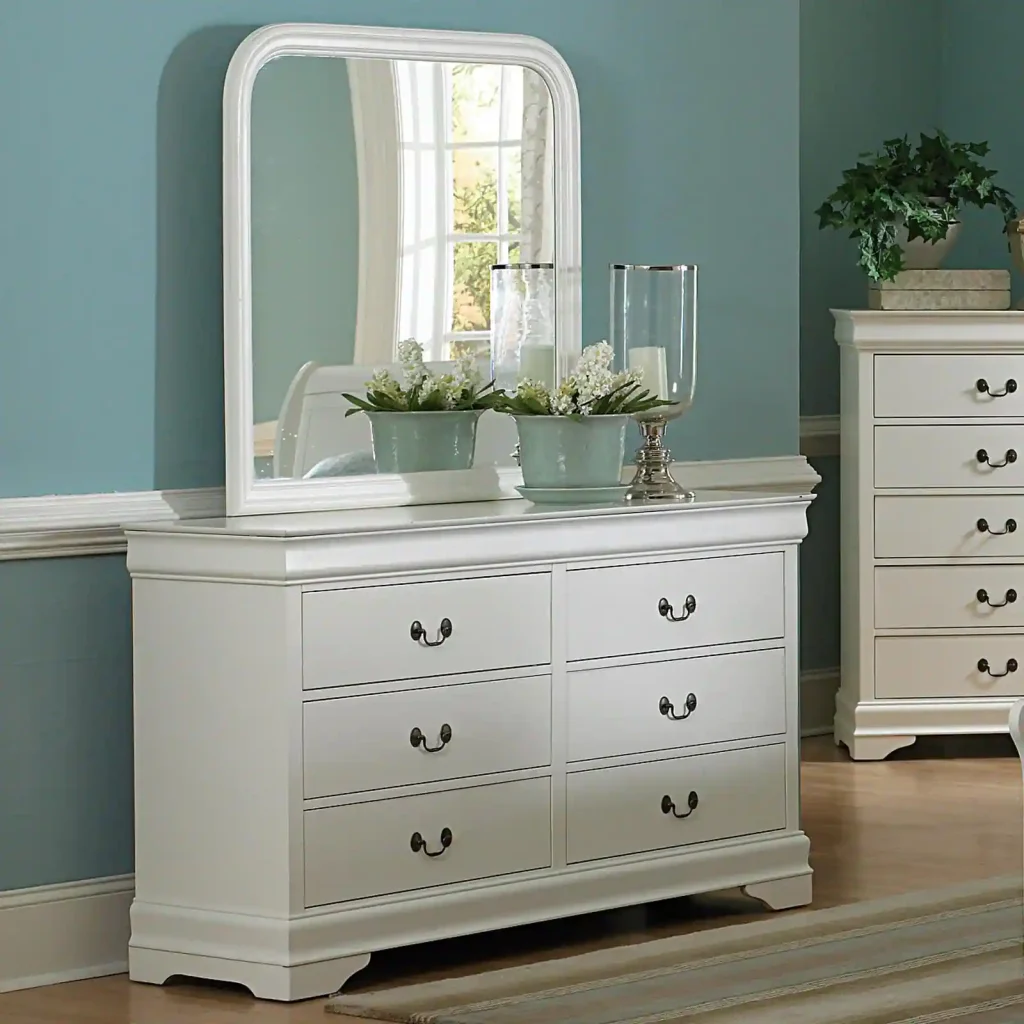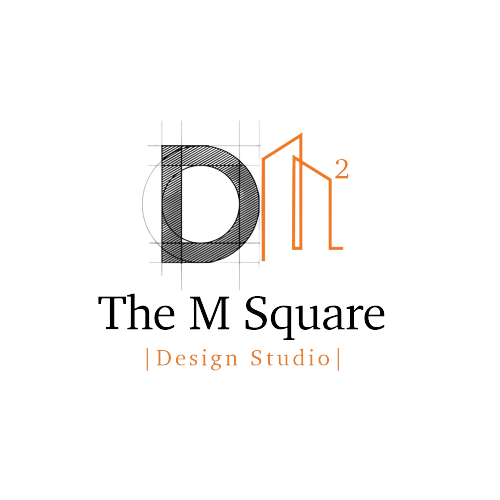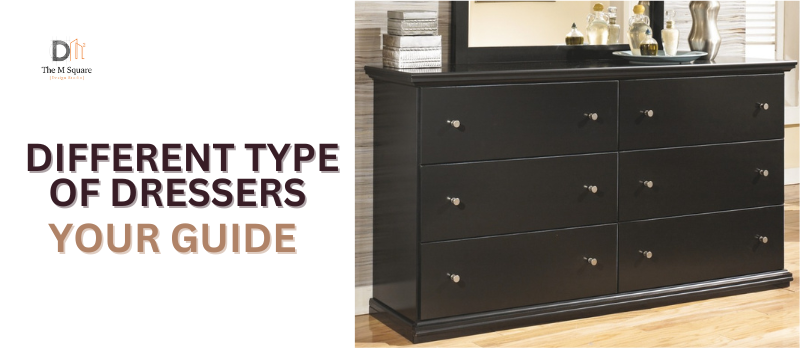RECOGNIZING YOUR STYLE: A GUIDE TO DIFFERENT TYPE OF DRESSERS
Dressers are paramount elements of furnishings typically seen in bedrooms and dressing rooms. They generally consist of a collection of drawers piled vertically or horizontally, usually escorted by a muted texture on top for extra storehouse or show space. Their primary function is to deliver storehouses for personal things, such as apparel and additions, assuring that the living area stays managed and clutter-free. The structure and construction of dressers can differ widely, there are different type of dressers varying from easy and practical to ornate and embellishing, depending on the type and primacy of the owner.
They are usually constructed from wood, such as oak, pine, or mahogany, although other materials like metal or plastic may also be utilized. Some dressers feature detailed carvings, inlays, or ornamental hardware, adding aesthetic charm to the work. Dressers generally come in a combination of sizes to accommodate various storehouse requirements and spatial conditions. A tall dresser, also understood as a chest of drawers, shows more vertical hold space and is perfect for rooms with restricted floor area.
On the other hand, a wide dresser, usually directed to as a unit or a double dresser, supplies much horizontal storage area and may possess a mixture of drawers and cabinets. In complement to their practical sense, dressers can also function as focal points or articulation elements in a room’s interior. Selecting different type of dressers dresser that complete the prevailing aesthetic of the room can improve the visible attraction of the space and donate to its atmosphere.
For instance, a smart and stylish dresser with refined lines and minimalist structure may serve a modern bedroom, while a vintage or antique dresser with elaborate detailing may count as feeling to a additional classic or eclectic surroundings.
Across the board, dressers play a paramount part in keeping arranged and clean living conditions while also contributing to the class and décor of a space. Whether utilized for holding garments, linens, or individual belongings, these universal elements of furnishings offer both functional and aesthetic importance to any living room.
Table of Contents
ToggleDIFFERENT TYPES OF DRESSERS
Dressers come in diverse types, individually delivering exceptional characteristics and functionalities to fit various repository requirements and format choices:
- Elevated Dressers (Chest of Drawers):
- Elevated dressers, too comprehended as compartments of drawers, feature a perpendicular arrangement with numerous drawers piled on top of each other.
- These dressers are perfect for rooms with restricted floor areas, as they maximize storehouse capability without carrying up much horizontal space.
- Elevated dressers often have a narrower footprint compared to wider dressers, making them suitable for smaller bedrooms or tight corners.
- They are commonly used for storing clothing items like shirts, pants, socks, and undergarments, as well as linens and other accessories.
- Broad Dressers (Bureaus or Double Dressers):
- Broad dressers, also referred to as units or double dressers, hold a horizontal design with numerous drawers set side by side.
- These dressers deliver plentiful storage areas across their width, making them appropriate for larger bedrooms or people with ample clothing collections.
- Wide dressers may feature a variety of drawers and cupboards, furnishing adaptable storage opportunities for additional kinds of things.
- They usually contain a flat surface on top, which can be utilized for showing decorative things, framed pictures, or personal belongings.
- Dresser with Mirror (Dressing Table):
- Dressers with mirrors, also comprehended as dressing tables, feature a built-in mirror either connected to the dresser itself or scaled on a different structure.
- These dressers are created to act as both storehouse furniture and vanity placements, delivering a suitable space for grooming and getting prepared.
- Dressers with mirrors usually possess an assortment of drawers and containers, authorizing users to reserve makeup, jewelry, hair supplements, and other beauty necessities.
- The mirror can be either framed or frameless and may come in various shapes and sizes to complement the overall design of the dresser.
- Combo Dressers (Armoires):
- Combo dressers, also named armoires, incorporate the functionality of a dresser with that of a cabinet or closet.
- These dressers generally feature a variety of drawers, racks, and hanging poles, delivering adaptable storage choices for clothing and other things.
- Combo dressers usually have a more extensive impression compared to traditional dressers, completing them right for big bedrooms or as standalone storage units in dressing rooms.
- They may contain additional components like doors, drawers with locks, or built-in organizers for enhanced functionality and association.
HOW DRESSERS AFFECT YOUR INTERIOR

Dressers play an important part in shaping the interior designing aesthetics of a space and can have a significant effect on its overall atmosphere and functionality.
Firstly, dressers contribute to the community and tidiness of an area. By supplying storage for garments, linens, and personal things, dressers assist keep chaos at bay and make a more organized setting. A well-organized space encourages a feeling of calm and relaxation, making it more comfortable to guide and enjoy the living space.
Also, dressers can act as focal facts or statement elements within a room’s décor. The type, structure, and finish of a dresser can enormously impact the visible attraction of the space. Whether elegant and contemporary, rustic and vintage, or ornate and extravagant, the dresser’s aesthetic can establish the tone for the whole room. For example, a smart, minimalist dresser can complement a modern interior, while an intricately cut antique dresser can add personality to a traditional or mixed space.
Moreover, dressers can contribute to the functionality of a space exceeding reasonable storage. Different type of dressers with mirrors, for instance, not only deliver a suitable area for grooming and acquiring anticipatory but also mirror light, making the room seem larger and brighter.
Likewise, dressers with more elements like built-in organizers, jewelry trays, or charging stations improve usability and efficiency, catering to the exact requirements of the residents.
Overall, dressers are versatile pieces of furniture that involve both the visual aesthetics and practical functionality of interior spaces. By integrating storage accommodation with style and design, dressers assist create cohesive and inviting living environments that reflect the individual preferences and lifestyles of the residents.



